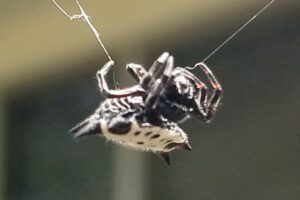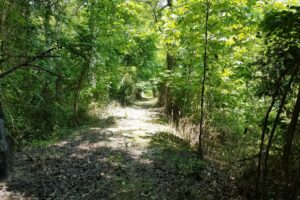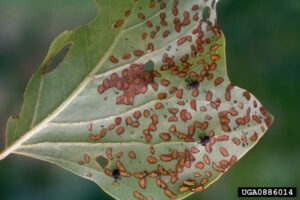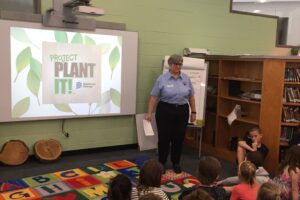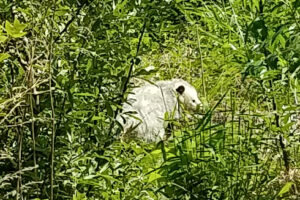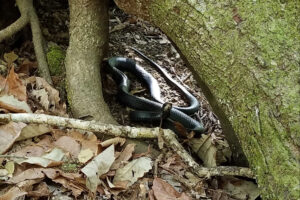Field Notes: An Intern’s Day at Conway Robinson State Forest
August 15, 2019 - By Intern Marissa Ardovino As the summer comes to an end, I’ll recall one day I spent in Conway Robinson State Forest… I walked quietly down the blue trail at Conway Robinson State Forest, rounding a bend in the path when suddenly a small branch shot backwards and retracted upon itself into the depths of a thorny blackberry bramble. I stopped and listened to soft rustling in the shadows of... Read More


